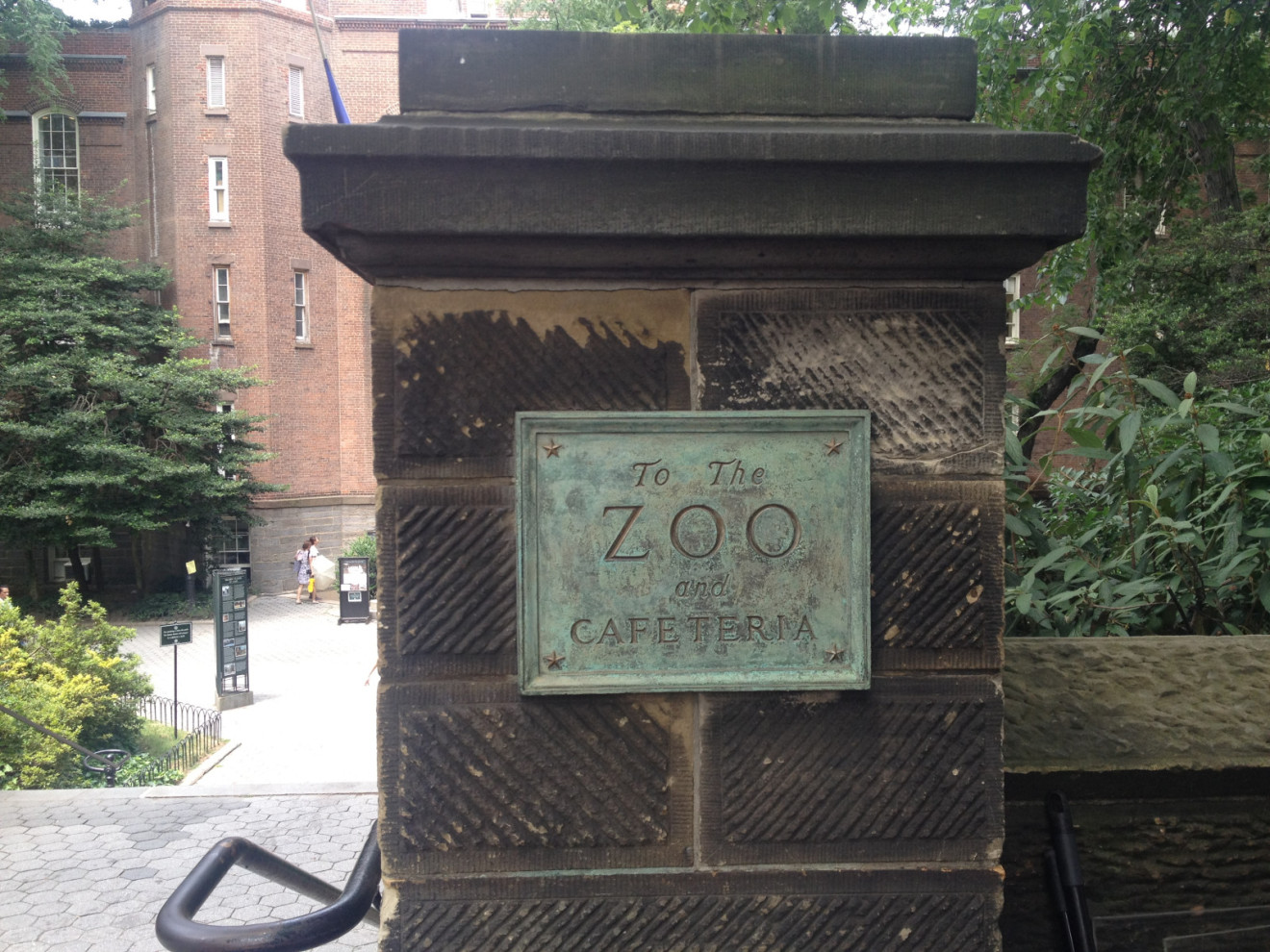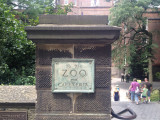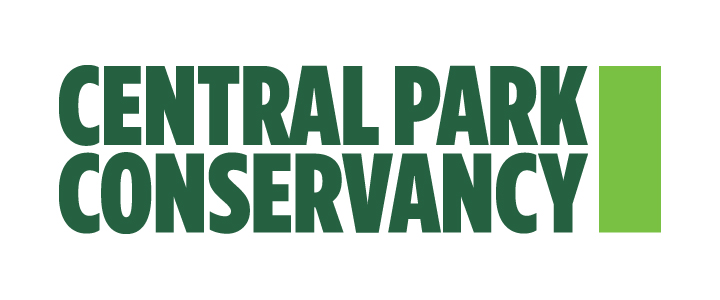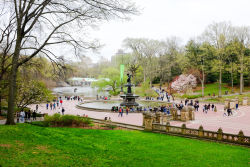Central Park
View all monuments in NYC Parks, as well as temporary public art installations on our NYC Public Art Map and Guide.
Zoo
| Dedicated: | 1939 |
| Location: | Entrance to Arsenal; 5th Avenue at 64th Street |
Artwork History
Animal sculptures abound in Central Park, but the largest concentration can be found in or near the Wildlife Center. In 1934, the first year of Commissioner Robert Moses’s administration, modern brick buildings replaced the dilapidated wooden Menagerie. Officially renamed the Central Park Zoo, decoration for the new buildings included elegant limestone bas reliefs and niches displaying whimsical bronze animals by Brooklyn-born sculptor Frederick George Richard Roth (1872 – 1944). Roth, noted for his animal sculptures, was subsequently named chief sculptor of Parks & Recreation. His sculpture of the Alaskan dog-sled hero Balto, at 67th Street near Fifth Avenue, commissioned in 1925, is his most famous Central Park work. Two years later he created Dancing Goat and Honey Bear, placed respectively at the southern and northern external niches of the zoo. Both function as fountains and feature miniature frogs and birds spouting water at the base of the animals. The bear and the goat dance and whimsically extend their tongues to catch insects that may be passing by.
The bas relief friezes featured on the buildings of the Wildlife Center depict the simple forms of animals drawn in stone. The delightful representation of antelopes, lions and wolves are animals that were once featured in the former Central Park Zoo. The monkey frieze over the entrance to the Zoo School, formerly the Monkey House, depicts a fanciful scene of a mother protecting her young while another monkey chases a butterfly. Over the entrance to the Zoo Gallery, formerly the Bird House, Roth sculpted an imposing eagle with outspread wings. The relationship between the artist’s bird and the eagle already in place over the entrance to the Arsenal was evident to Roth. Whereas Roth’s eagle represents the animal in his natural habitat, the one on the Arsenal—a former military structure and now headquarters of New York City Parks & Recreation—emphasizes the eagle as the iconic symbol of America.
Tigress and Cubs, by Auguste Cain, was presented to the Park in 1866. This piece has a character different from the other sculptures in the area. Where Roth strove to portray animals in a fanciful and light-hearted manner, other mid-nineteenth century sculptors like Caine preferred to depict the fierce qualities often associated with them. Auguste Cain was a student of Antoine-Louis Bayre, the most influential animalier in France, as this realistic school of sculptors was called. Here we see the tigress with tense muscles and bared fangs proudly presenting a dead peacock in her mouth to her young cubs eagerly awaiting their next meal. The sculpture, originally placed in a rural park setting, was moved to the newly renovated zoo in 1934.
Artwork Details
| Description: | Tablets (2) |
| Architect: | Gargani and Son |
| Materials: | Bronze |
| Dimensions: | H: 1'1" W: 1'4 ½" |
| Donor: | Purchase |
Please note, the NAME field includes a primary designation as well as alternate namingsoften in common or popular usage. The DEDICATED field refers to the most recent dedication, most often, butnot necessarily the original dedication date. If the monument did not have a formal dedication, the yearlisted reflects the date of installation.
For more information, please contact Art & Antiquities at (212) 360-8163.
Check out your park's Vital Signs
Clean & Safe
Green & Resilient
Empowered & Engaged Users
Share your feedback or learn more about how this park is part of a
Vital Park System

Know Before You Go
Anticipated Completion: Spring 2024
Anticipated Completion: Spring 2025

Contacts
Central Park Information: (212) 310-6600
Central Park Information (for the Hearing Impaired): (800) 281-5722
Belvedere Castle, The Henry Luce Nature Observatory: (212) 772-0210
The Charles A. Dana Discovery Center: (212) 860-1370
The Dairy Visitor Center and Gift Shop: (212) 794-6564
North Meadow Recreation Center: (212) 348-4867
Loeb Boathouse (Bike rentals, boat rentals & gondolas): (212) 517-2233
Carousel: (212) 879-0244
Fishing at Harlem Meer (Catch & Release): (212) 860-1370
Harlem Meer Performance Festival: (212) 860-1370
Horseback Riding - Claremont Stables: (212) 724-5100
Metropolitan Opera (Performances on the Great Lawn): (212) 362-6000
New York Philharmonic (Performances on the Great Lawn): (212) 875-5709
Shakespeare in the Park - The Public Theater at the Delacorte Theater: (212) 539-8655
Central Park SummerStage: (212) 360-2777
Swedish Cottage Marionette Theater: (212) 988-9093
Tennis: (212) 280-0205
Weddings, Ceremonies and Photography at the Conservatory Garden: (212) 360-2766
Wildlife Center & Tisch Children's Zoo: (212) 439-6500














